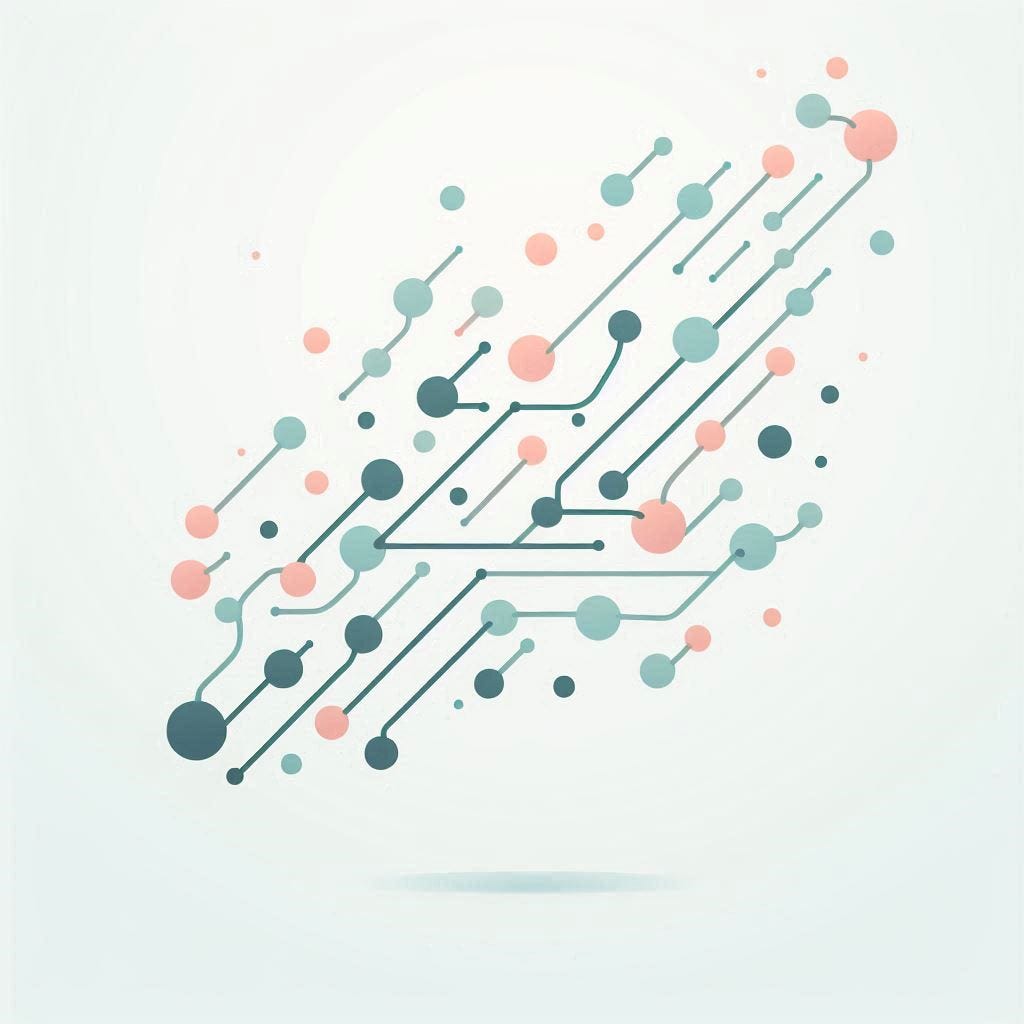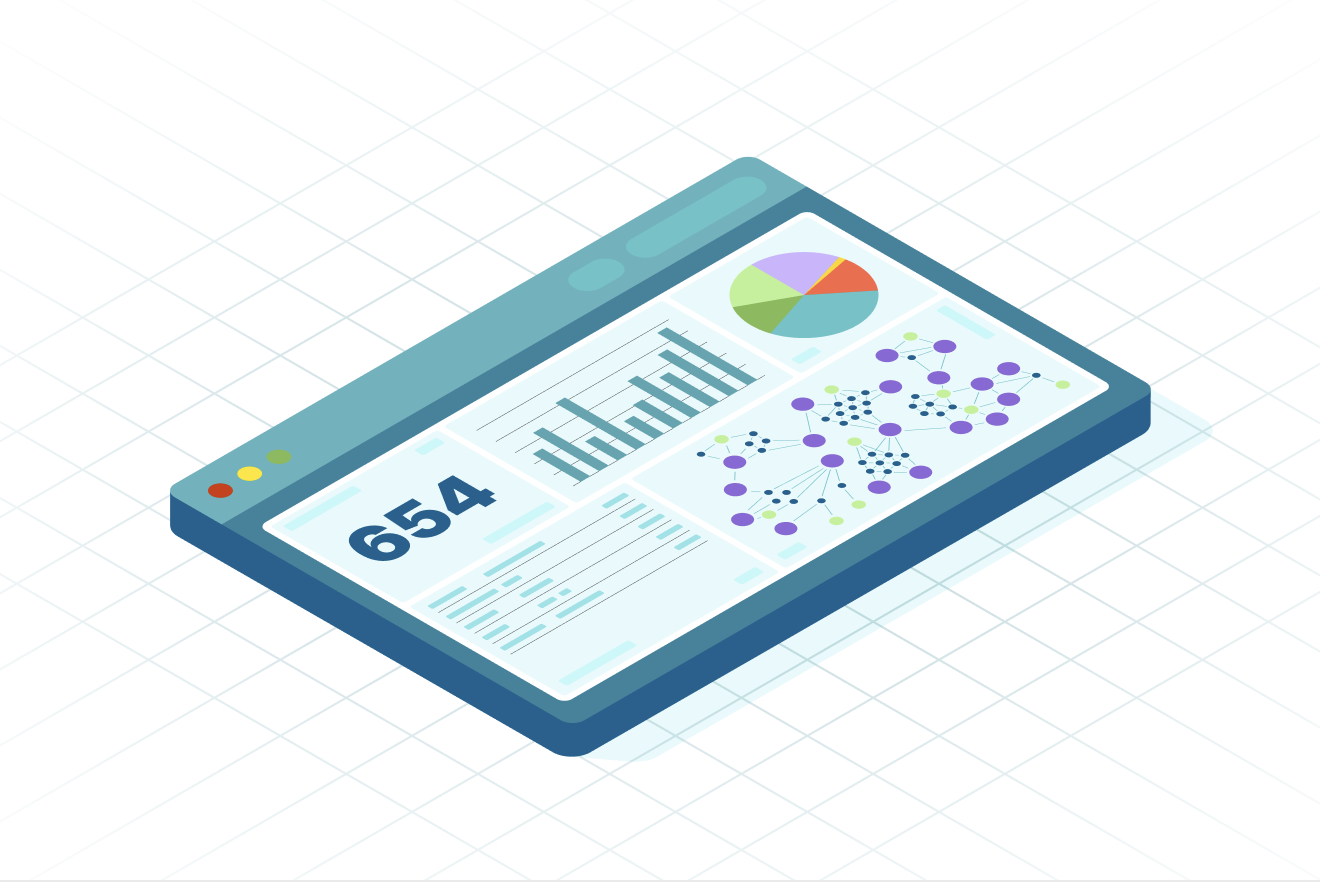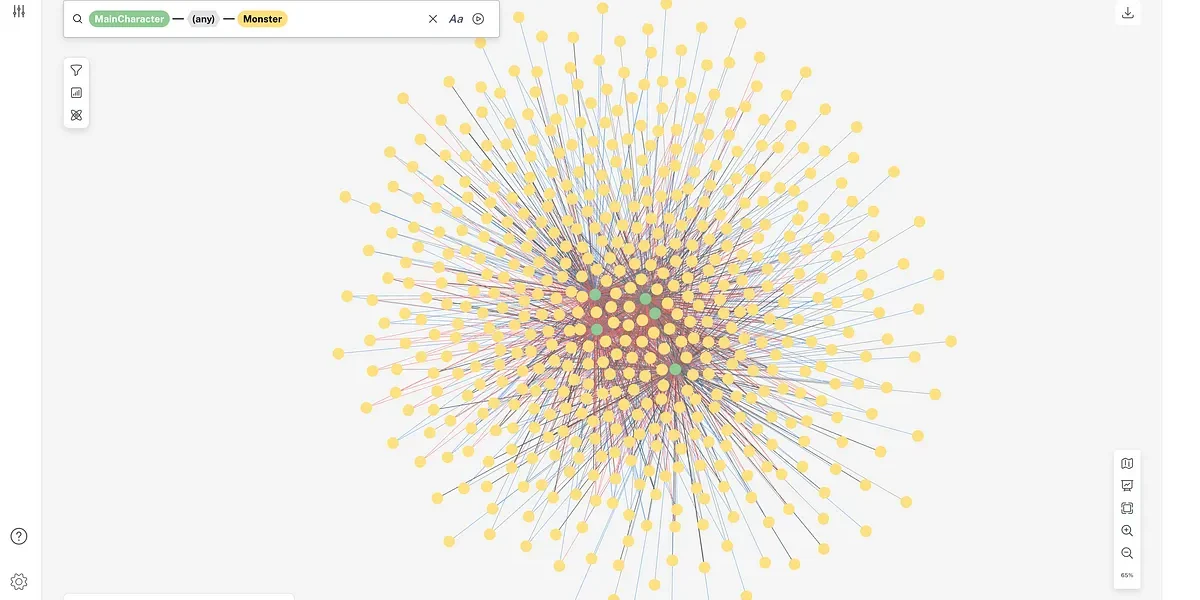Why Graphs Are Essential To Today’s Master Data Management [NoSQL Now! Preview]

Principal Product Manager, Pitney Bowes
4 min read

 Rapid change is the only constant in today’s business environment.
Rapid change is the only constant in today’s business environment.
The limitations of traditional tools used for information and master data management (MDM) are increasingly exposed, and the graph database is a solution to many of these challenges and presents a new, unique way to improve on these practices.
Why Master Data Management Matters
Customer information management and master data management lie at the center of any successful business. Without an understanding of the various sources of customer data, an ability to qualify and integrate these sources and an ability to make this information available to the business – most customer-focused initiatives will stumble, sometimes never realizing the initial vision of the project.
Current technologies frequently fall short when attempting to address these challenges. Tales abound of extended implementation timelines, inflexible architectures, massive dollar investments (i.e., tens of millions) and limited-to-no business value.
Why Relational Databases Aren’t Enough for MDM
A key issue that limits traditional approaches to MDM ties directly to the foundational technology that underlies it: the relational database. Relational databases are really good at certain tasks – and not so great at others.
One of the areas where relational systems struggle is in dealing with highly connected data. Relational systems require join tables to link records together. This approach has significant limitations when it comes to the complexity of the underlying schema and the performance of the queries to retrieve this data.
For Master Data Management, Connected Data Is Essential
In an MDM project, a need to understand connected data is core to success.
Multiple information silos must be connected together to form a comprehensive view of customer preferences and behavior. Multiple data domains must be combined to understand relevant business entities such as customer and product data. Connections between customers are important – whether we focus on household relationships or incorporate data from social networks.
Enter the graph database.
The key distinction of a graph database is that the relationships are baked into the data structure, through a concept called index-free adjacency. This allows for an intuitive, agile modeling exercise that focuses on defining data in business user terms. Something as simple as a whiteboard session can define a clear path to an initial model on which quick value can be delivered to the business.
Introducing Spectrum: Explore Your Graph Data for Agile MDM Projects
Pitney Bowes, in partnership with Neo4j, has been focused on applying graph technology to the MDM marketplace through its product Spectrum.
In Spectrum, intuitive modeling tools allow a digital whiteboard to be used to define graph models. Dynamic visualization capabilities allow for exploration of data, beginning from a starting location and exploring connections between model entities, such as customers.
Data integration hooks allow data to be pulled from existing relational systems and pushed into the graph. Single-click functions allow for the quick development of web services to query graph data.
Our recent work with new Spectrum customers is validating the story. Quick, iterative projects spin up implementations and deliver value to business on timelines that are a fraction of the schedules associated with typical MDM projects. Business users are engaged throughout, and the agile nature of the graph allows for successive iterations – avoiding the “big bang” surprises associated with waterfall projects.
Conclusion
Relational systems will remain foundational to information technology and customer information, but the NoSQL trend isn’t going away. Key technologies such as graph databases are finding applications in different domains, and one key application for graphs is master data management, where the agility of graph in dealing with fast changing, highly connected data provides significant advantages.
At Pitney Bowes, we have been extremely excited to partner with Neo4j to help our customers address the challenges within the customer information management and master data management spaces. If you’re interested in learning more, please take the time to watch our recorded webinar: Knowledge Graphs for Next-Gen MDM.
Learn More at NoSQL Now!
At my upcoming NoSQL Now! session, we will discuss how the Pitney Bowes Master Data Management Hub utilizes graph database technology to model, manage and govern data with confidence by providing access to rich, real-time information.
Register for NoSQL Now! 2015 and learn more about my upcoming presentation here.
Discover how to make the most of your enterprise’s master data with this free white paper. Click below to download your copy of Rethink Your Master Data: How Connections Will Define the Future of MDM and start utilizing graph databases to leverage your master data more effectively.








